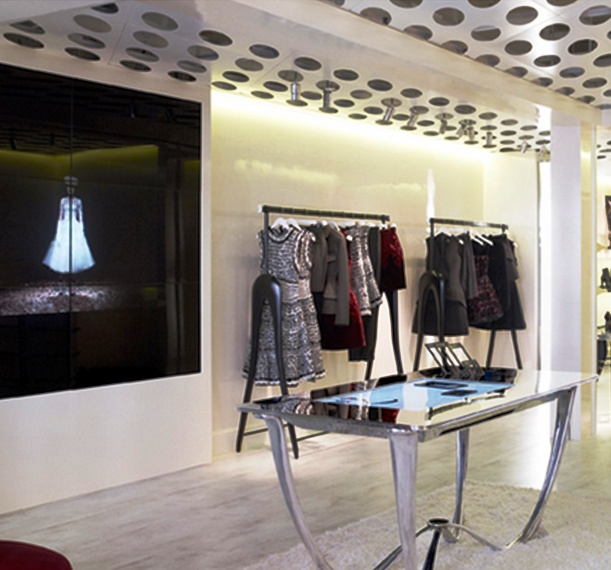What is the future of bricks-and-mortar retail?
This raises the question; will this trend eventually lead to the abandonment of shops?
Social Media Today highlighted some of the failures of bricks-and-mortar in a recent article: Can digital save retail?
Doug Stephens, founder of Retail Prophet, identified the lack of product information in the retail environment as one of the reasons for the shift from bricks-and-mortar to online shopping. Although purchasing online can often be cheaper, it’s not just about price.
It is easier for customers to find product information, compare prices and obtain reviews online. Shop assistants are not often trained properly, and sometimes provide customers with confusing information about product features and competitors. Consumers are looking for more objective sources of information and shops are no longer the authority for this.
So, what is the future of retail shops then? It’s arguable they are needed at all with the emergence of ASOS and Net-A-Porter, but conceivably over time they may be more useful as a showroom connected to their transactional website; a place where products can be presented, as well as purchased.
Take Apple as an example. Their shop first offers a digital experience, giving anybody the possibility to try the products. This way, Apple opens the way to potential transactions, just by openly demonstrating the products. Customer experience prevails over sales.
In a previous post of mine I shed light on how in the fashion world, Burberry is the leader when it comes to social media marketing, and unsurprisingly they lead the field when it comes to embracing the digital world more broadly. Having had some recent insight to Burberry’s inner workings, I can tell you how much they hedge their bets on the future of digital. The flagship Regent Street store is called Burberry World. They implement an exceptional in-store strategy. Their sale associates now come equipped with iPads, permitting the consumers to check availability of items and order online whilst at the store with the choice of their purchase to be delivered either at home or in-store. Furthermore, consumers are able to design their own tailor-made trench coats online, adding details such as buttons, belts, monograms, etc.
It doesn’t end there; the fitting-rooms have some surprises too. For example you can go into the fitting-room with any Burberry product and their recognition system kicks in and a video is then played inside the fitting-room showing either the product on the catwalk, or the process of it being crafted. Additionally training is intense for the sales associates, with regular ‘exams’ on product knowledge questions, and incentives based on in-store and online sales targets. All of this is designed to enhance their customer’s retail experience; marrying their experience online and in the digital world with their visit to the store.
Burberry is proactive in terms of: staff training, consumer experience, and digital developments. Their advancements show how the retail world is evolving, and a mixture of shopping online and in-store could eventually become the norm for all retailers.
To find out more about the changes affecting the retail environment, listen to the conversation between Doug Stephens, business consultant and author of The Retail Revival, and influential digital marketer Mitch Joel. Podcast available here.
Find also some great examples of retail stores using digital technology via EConsultancy.com.
Alexander McQueen Boutique with touch screen tables and video projection:



